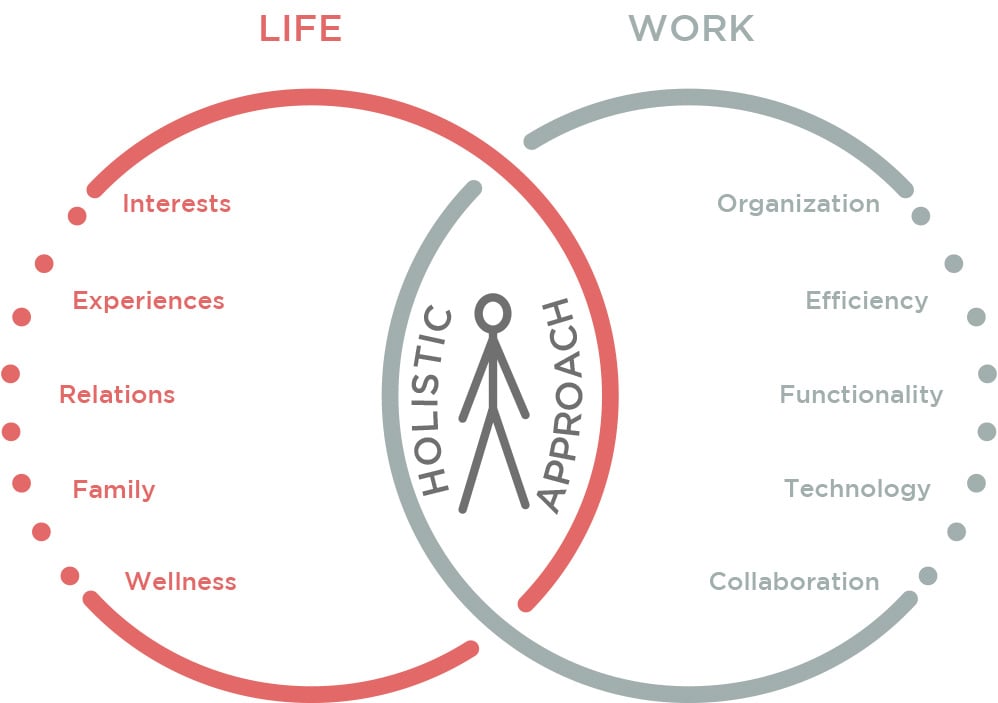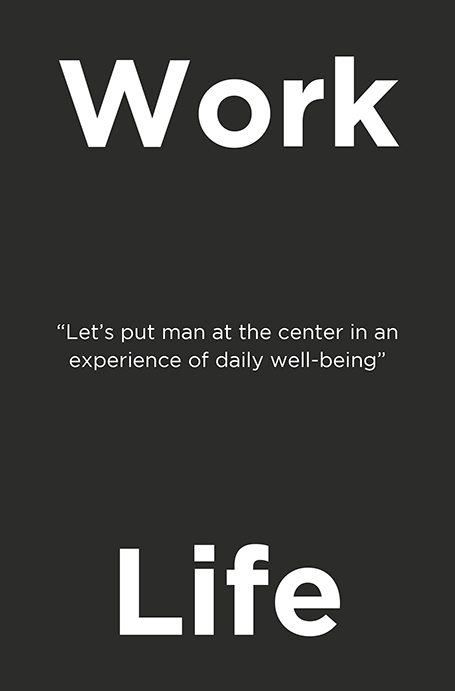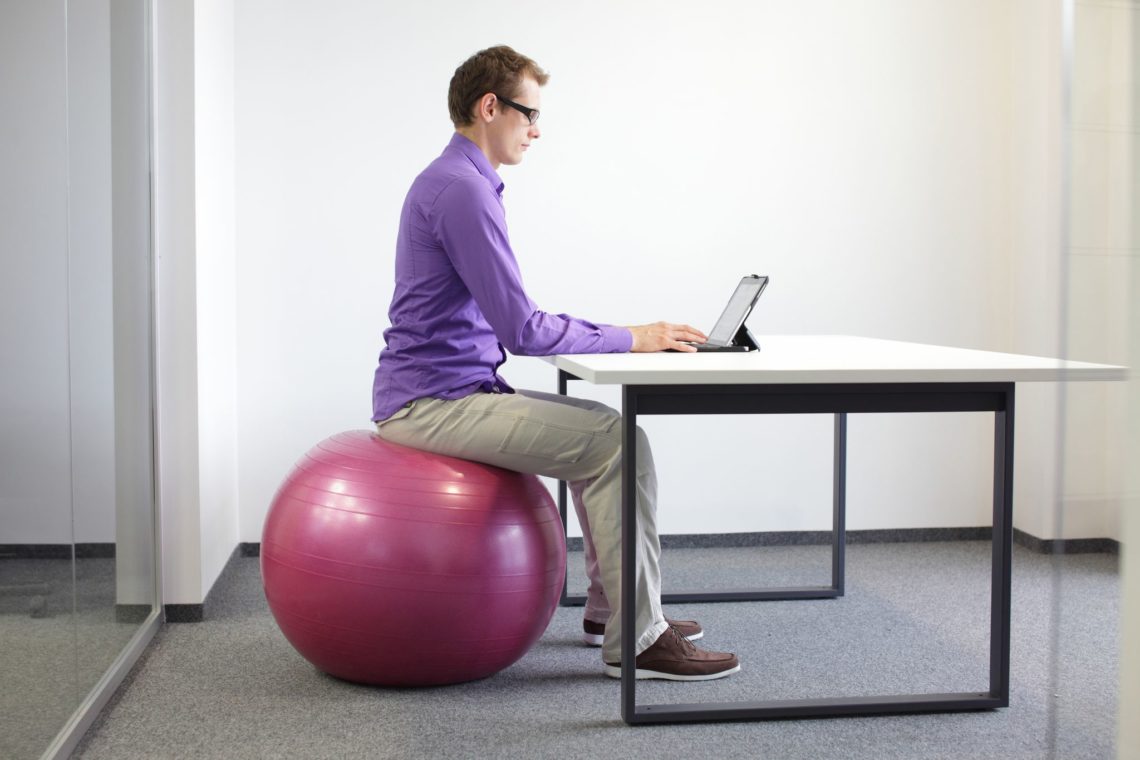
In the last twenty years, we witnessed an evolution of work due to many aspects as the development of technology, which has made possible flexible work anywhere and anytime.
Also the downfall of traditional sectorial geographic borders, the ever-increasing percentage of female employment, the meeting and clash among generations (baby boomers and millenials) and lastly the ageing of the population.
These changes make the balance between work and private life a crucial aspect for companies: they are no longer separated, instead they are more and more related to each other and personal feelings (positive or negative) flow through these two worlds.
That’s why we should think and design work spaces thinking about the psychophysical well-being of people. Thus, it would be necessary to create a widespread culture of feeling-good in the office with a holistic vision of the individual, that considers the person in his entirety and therefore in all its dimensions: physical, mental, energetic and spiritual. The holistic approach states the need to intervene on a person on several levels but with a single purpose: a real and all-encompassing well-being state.
As in holistic medicine the person is studied as a whole and not as the sum of distinct organs and cells, so in architecture the workplace is not the result of walls, infrastructures, furniture, etc.., but a single organism that “vibrates” with the people who live it and its surroundings. The challenge for the holistic office is to create environments that respond to the needs of personal life and foster interchange.

In this historical moment of great social, cultural and working changes, it is therefore important that companies understand the new needs generated by the fusion of private life and work. The need is to create a psycho-physical well-being for employees that includes not only the study of ergonomics and of eco-compatibility of furnishings, but also the relationships between people and the multi-sensorial environment of the whole environment. In essence, the offices should be not only functional but also emotional, because they should develop in a space where workers feel gratified, and where positive and collaborative relationships can be created between them.
Today the productivity of people working in the office is closely linked, on one hand to individual well-being and, on the other, to the degree of relationship and exchange that people manage to create between them.
For this reason, space has a basic and strategic influence on the quality of work; for example, an environment rich in green and natural light, where tactile materials are used, will offer different stimuli than an aseptic and repetitive environment.
The will of Martex is the study and understanding of the major themes, such as ergonomic well-being, sensory well-being, relationship well-being and functional well-being, which are the fulcrum of being well in the office and serve to develop our vision of wellness in its totality: “LA PIAZZA”
Our knowledge is a body knowledge: our tissues are littered with billions of neuroreceptors that carry signals to the brain and that influence, in positive or negative way, the perception of reality.
Architect and author Sarah Robinson speaks for example of “skin mind”: touching living and stimulating surfaces produces very important effects on our perception, stimulating our imagination and reflection.
In today’s offices we should create an experience of emotional wellness and nourishment through the stimulation of all 5 senses; designing a space that evokes a series of positive sensations improves the quality of work understood as commitment and socialization.


Traditionally, the office setting was intended as an individual space, in which separation in independent offices prevailed. Each office, in accordance with the furniture chosen and its location, in fact indicated the role and hierarchy of the people who occupied it.
Today, however, the workspace implies continuous communication exchanges and interpersonal relationships, that’s why it must respond to the needs and conditions of flexibility required by the new workflows promoting models of space-organization that encourage teamwork rather than individual activities.
People, roles and different functions find themselves living together in common spaces that should be able to promote the quality of the interaction and the achievement of the objectives set in terms of efficiency and personal motivation.
Ergonomics is the science that studies work performance and their well-being, according to the purpose of their activity, equipment and work environment. This translates into design of products and layouts that take into account the physical and mental needs of each individual.
The study of ergonomics includes many aspects: correct posture, adequate lighting, functional workstations for optimal organization of daily work and adequate work spaces.
